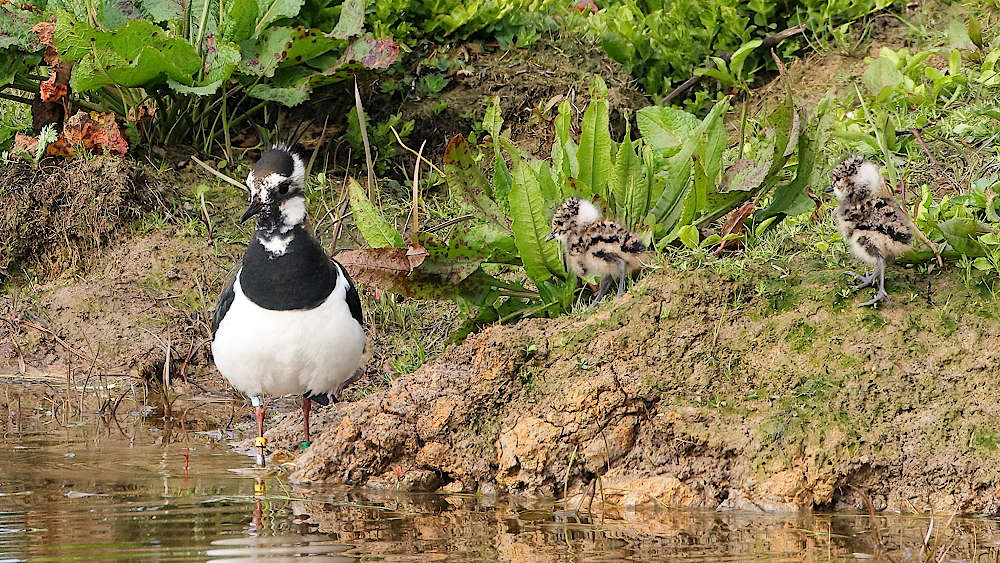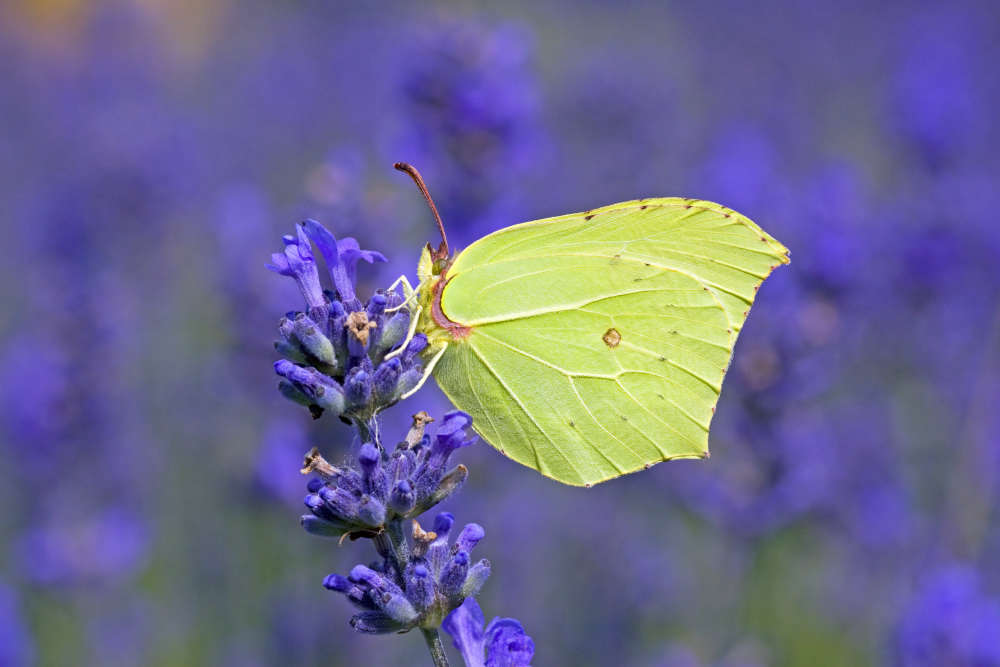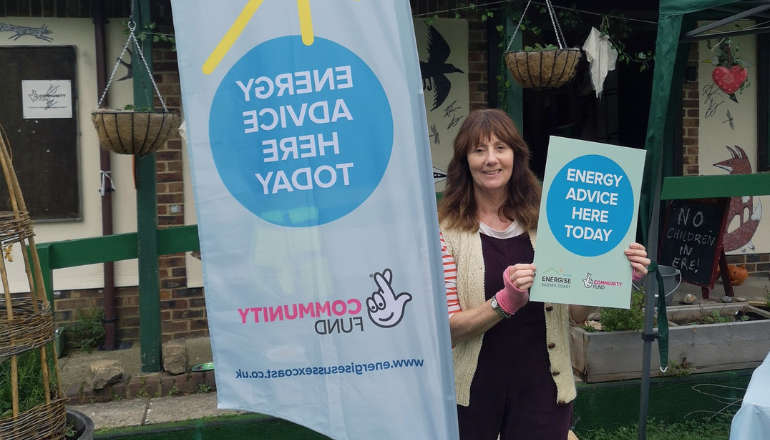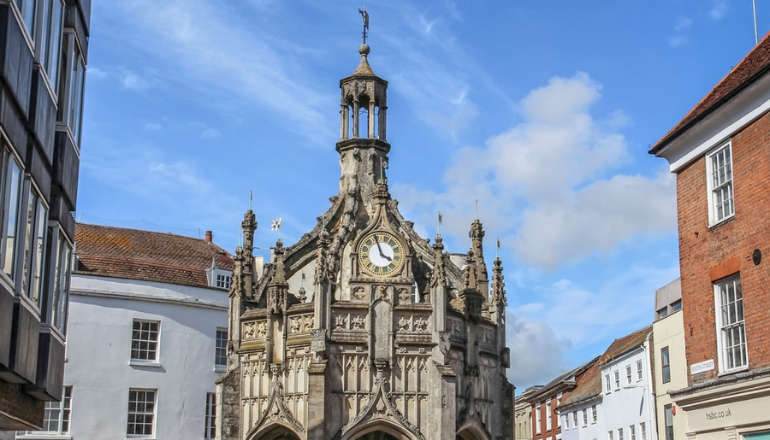
A Lapwing that was ringed as a chick at Pulborough Brooks in West Sussex successfully fledged four young of her own at the same reserve this year.
Originally rung with a unique identification ring as a chick in 2018, she came to nest at the reserve this year and fledged four chicks, according to the Royal Society for the Protection of Birds.
You can watch and hear the lapwing in its habitat in this RSPB film:
The Lapwing is a wading bird that breeds on farmland and wetland sites, but it is a species at risk.
Its population has declined in recent years, leading to the British Trust for Ornithology placing the species on a red list as a bird of conservation concern.
- Pulborough Brooks RSPB reserve, West Sussex. March © Andy Hay
- Lapwing, adult female in breeding habitat pasture, Northumberland, May © Andy Hay
- Views from the wetland trail, RSPB Pulborough Brooks, West Sussex, March © Eleanor Bentall
- Wetland trail, RSPB Pulborough Brooks, West Sussex, March © Eleanor Bentall
- Lapwing, adult sitting on grassland with young, RSPB Oronsay Nature Reserve, Scotland, May © Amy Millard
- Lapwing chicks at RSPB Pulborough Brooks © Mike Jerome
- Lapwing with chicks at RSPB Pulborough Brooks © Mike Jerome
- Lapwing with four chicks at RSPB Pulborough Brooks © Mike Jerome
The RSPB says pressures of agricultural changes and land drainage mean that the habitat suitable for breeding wading bird species like Lapwing has been lost across England.
However, thanks to what the conservation group called "beneficial conservation management" at RSPB Pulborough Brooks, this species has found an ideal spot to raise a family.
The chicks of many wading birds feed on an invertebrate rich diet, and it is the seasonal water pools in wetland habitat that provide an ideal breeding site for their prey.
The drying up of these remaining important habitats before chicks have fledged is a major threat for species survival.
Surveys of the wetland habitat at Pulborough Brooks identified key areas to keep water on the site during the important breeding months.
The team carried out conservation work seen by the RSPB as 'vital' to achieve this, installing simple earth dams using mud to slow the flow of water.
They also utilised the network of ditches to move water to priority areas of the reserve to keep this resource in the landscape for longer.
Anna Allum, Visitor Experience Manager at RSPB Pulborough Brooks, said:
"It was heart-warming to see a Lapwing that had been ringed here as a chick choose to raise her very own family at the reserve.
"It was such a special moment to witness her four young chicks grow day by day before taking their first flight over the wetlands.
"At RSPB Pulborough Brooks, staff and volunteers work hard to maintain this precious wetland habitat for wildlife so there’s nothing better than seeing a species choosing to return here.
"We’re continuing to work across RSPB reserves in Sussex to provide spaces where nature and people can thrive."
About RSPB Pulborough Brooks
Located in the Arun Valley in West Sussex, Pulborough Brooks is set in one of the richest areas for nature in the country.
With Lapwing displaying acrobatically in the sky in spring, to whirling flocks of wading birds and wildfowl in winter, it supports a vast array of species, giving them a safe space to return to and raise their families year after year.
RSPB Pulborough Brooks is open daily, and offers wild walks exploring trails, a visitor centre, shop and café. There is also a children's play area.
The reserve is open 10am-4pm, and entry is free for RSPB members.





 Free Hastings Energy Champions Training At The White Rock Hotel
Free Hastings Energy Champions Training At The White Rock Hotel
 FareShare Sussex Appeals For Christmas Support
FareShare Sussex Appeals For Christmas Support
 Vital Funding Extension Agreed For Theatre And Gallery
Vital Funding Extension Agreed For Theatre And Gallery
 Driver Disqualified After High Speed Pursuit
Driver Disqualified After High Speed Pursuit
 Prolific Brighton Burglar Returned To Prison
Prolific Brighton Burglar Returned To Prison
 Appeal After Collision Between E-Scooter And Cyclist In Lancing
Appeal After Collision Between E-Scooter And Cyclist In Lancing
 Goodwood Marshals Celebrate 25 Years Of Keeping Local Motor Sport Safe
Goodwood Marshals Celebrate 25 Years Of Keeping Local Motor Sport Safe
 Have Your Say On Proposals To Improve Hazelwick And Tushmore Junctions
Have Your Say On Proposals To Improve Hazelwick And Tushmore Junctions
 Preparing For Winter – New Gritters Ready To Roll Across Sussex
Preparing For Winter – New Gritters Ready To Roll Across Sussex
 Brighton Marina To Welcome Grotto And Toy Appeal This Festive Season
Brighton Marina To Welcome Grotto And Toy Appeal This Festive Season